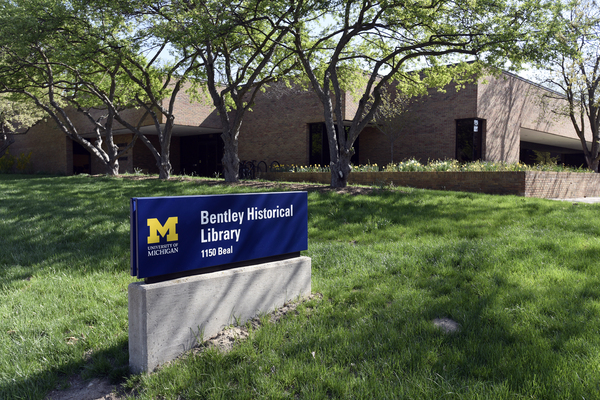The need for multiple copies led university officials in 1919/20 to print copies of most of the budget. Between 1919/20 and 1947/48 this bound record was divided into two parts. Part I Summary of the Budget, gave a quick overview of university general fund spending. Part II, Salary Budget, detailed the largest item in the general fund budget. The Salary Budget omitted, however, all non-salary expenses and the optional explanation of changes.
In 1948/49 the printed budget was modified. The Salary Budget was retitled Detailed Budget and its scope was broadened. Non-salary items previously excluded, such as "Current Expense and Equipment" and "Travel" were reported, as well as a few general fund accounts which earlier had not been detailed. A growing concern over the privacy of individual salary figures, led to a major revision in the budget's format in 1956/57. The Summary Budget, for convenience long published as a separate document, became the only published document.
In place of the Detailed Budget a new publication, called Department Payroll and Accounts, appeared. This document, which had only a limited distribution, included the salary information formerly printed in section II. This salary information also appears in the pages of the Michigan Daily which, based upon legislation enacted in October 1979 defined state employees' salaries as public records, has annually published the salaries of faculty and professional and administrative employees of the university. In university records salary information, dating from 1956 through 1971, will be found under the heading "Reports" under the title Departmental Payroll and Accounts. They include a list of all employees arranged by department and their salaries. These reports also note faculty sabbaticals and leaves. For later salary lists the researcher should consult the finding aid for: University of Michigan. Office of Human Resources and Affirmative Action. Publications.
In 1957/58, although the Summary Budget continued to be published, a more complete publication Proposed Budget and Supplementary Schedules was begun. It included the information found in the general fund budget, as well as information about project budgets. This new publication, referred to informally as "the grey book" because of its cover, became the basic budgetary reference tool. In 1965/66 the volume's title was changed to Budget and Supplementary Schedules. In 1967/68 it became known by the simple title, Budgets. In 1973/74 the grey book was divided into four volumes, one subtitled "All Campus," the other three giving the budget for each of the university's three major centers, Ann Arbor, Dearborn, and Flint. The general university budgets are arranged chronologically beginning in 1920 through the present.
Compared with the complexity of the publications reflecting the university's annual general fund budget, the Trust Fund Budget is simple. There are several volumes for the period from 1948/49 through 1967/68 in the PUBLICATIONS series. This, however, is not a complete run. The manuscript Trust Fund Budgets are found in boxes 34-50 of the manuscript records of the University of Michigan Vice President and Chief Financial Officer and should be consulted for more complete information.
The budgets of the residence halls and University Hospital have been retained because they are the university's largest auxiliary activities. The hospital, for example, usually accounts for twenty to twenty-five percent of the university's total income and expenses. They are similar in form to the printed annual budget's Detailed Section. The hospital budget contains primarily salary information and also a few general financial tables. It seems to have been modeled on the older official copy of the university budget.
